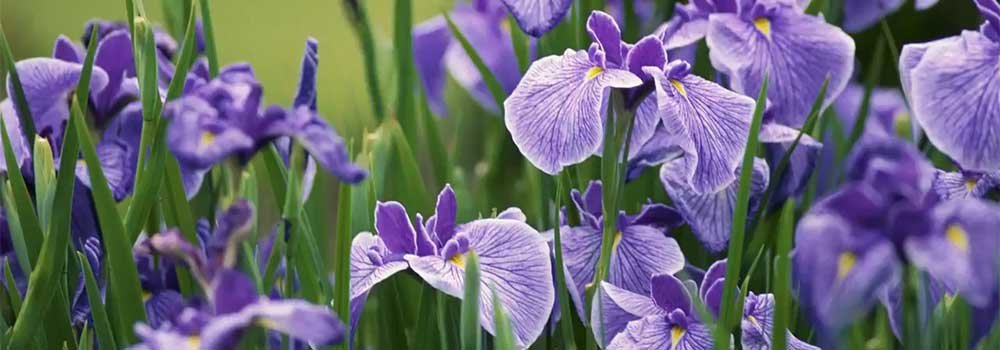I enjoy the iris, flower family! And now is the optimum time to grow this resilient, magnificent Mother Nature’s gift. Let’s look at some fascinating facts about irises and discuss how you may grow them in your yard to produce a beautiful rainbow of hues in the spring.
Therefore, before you look for vertical wall garden planters, let’s know the tips.
Some Motivating Facts about Irises

Iris was indeed a messenger from the gods who rode a rainbow to Earth in Greek folklore. Flowers blossomed up everywhere she went. So, the term “iris” means “rainbow,” which is apt given that bearded iris occurs in a wide range of hues ranging from pure white to purple/black.
And there is practically every color in between. An iris flower’s three upright petals represent trust, knowledge, and heroism. So, Orris Root, an extract from the iris, is the most often used fixative for potpourri and has operated as an ingredient to fragrances. Orris root, commonly used in cosmetic powders, is also a component in certain kinds of gin.
You can also plant iris into your house using the ‘vertical wall planters indoor’. It will increase the beauty of your house.
Irises Produce from Rhizomes/Bulbs
Irises are tough perennials that sprout from rhizomes or bulbs. Most irises are endemic to the Northern Hemisphere, from Europe to Asia, with a few species native to eastern North America. Bearded irises are members of the Iridaceae family.
So, it includes gladiolus and crocus. Bearded iris blooms have three erect petals known as “standards” and three drooping sepals known as “falls.” The beards are frequently brilliant gold or melon orange. It provides a striking contrast to the flower’s hue. This Iris is the “birth” flower of February.
Grow Your Bearded Iris
Choose a sunny location with well-drained soil for planting bearded irises. The rhizomes have roots and a fan of leaves on top. Put the stem with the root side up. But the top has exposed to light and air. Lightly top-dress with Bulb-tone. So, feed them again in the spring when they begin to sprout.
Plant bearded iris at least 12″ apart since the rhizomes produce new plants every year. They will not blossom as well if they are too close together. Regular irises don’t require much care once they bloom, save for water in times of extreme drought.
So, keep their beds weeded, and if you mulch, avoid mulching over the rhizomes. Irises have not fond of in-ground sprinklers.
Re-blooming Iris
Bearded irises grow in the spring and again towards the end of the summer. If you have re-blooming kinds, feed them after the initial bloom and keep them hydrated throughout the summer, remembering to let them dry out somewhat.
Iris in other colors
Dutch irises are smaller than bearded irises and take up less room, making them ideal for providing color when space is restricted. They grow to be around 24″ tall and bloom in May. In the fall, miniature iris bulbs are also available. They bloom simultaneously as crocus but are smaller—about six to eight inches tall.
Both Dutch and miniature, Irises arrive in the first week of September and can plant in mid-October. So, they, like bearded irises, prefer full light and well-drained soil. Plant the bulbs approximately 4 inches apart and 4 inches deep.



